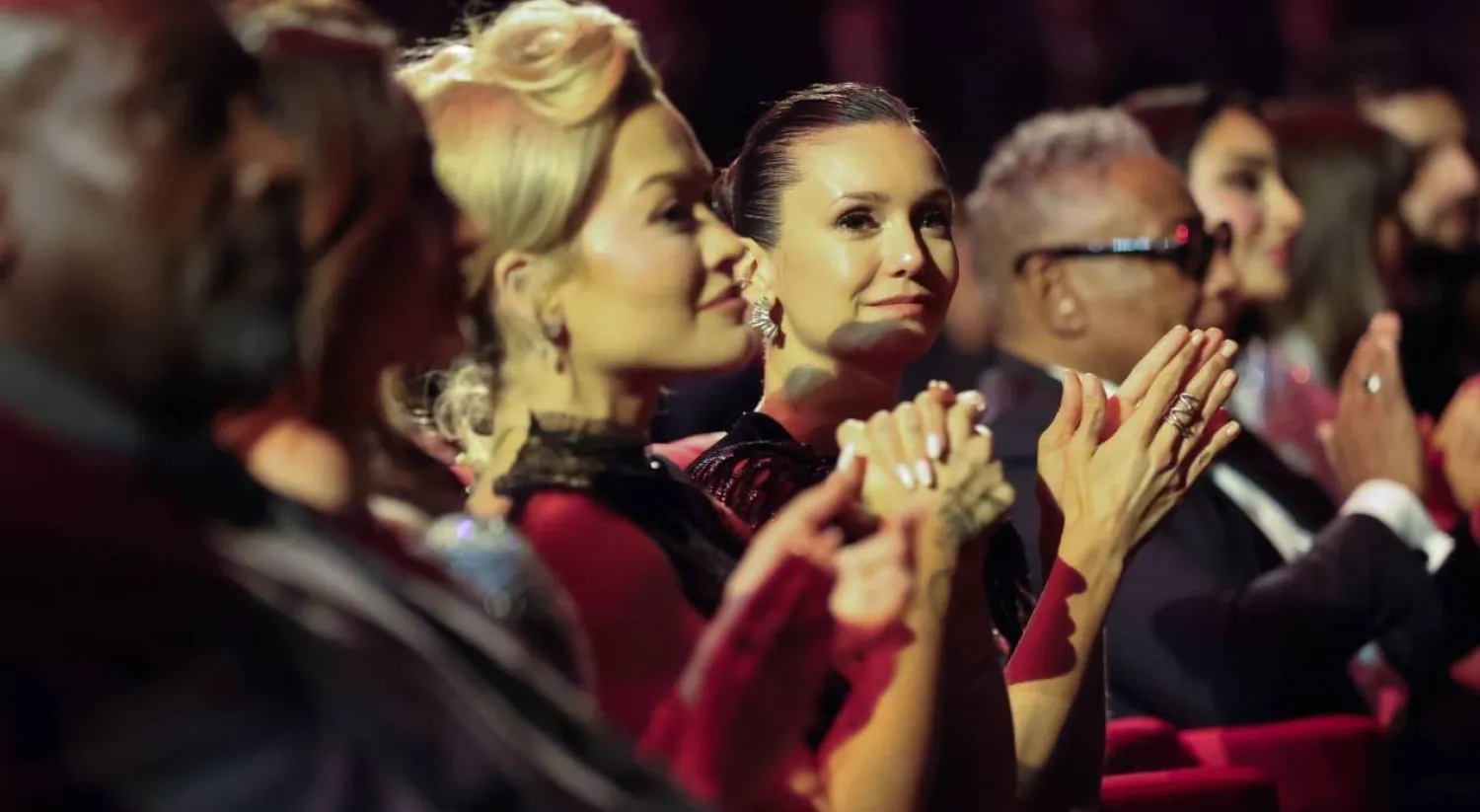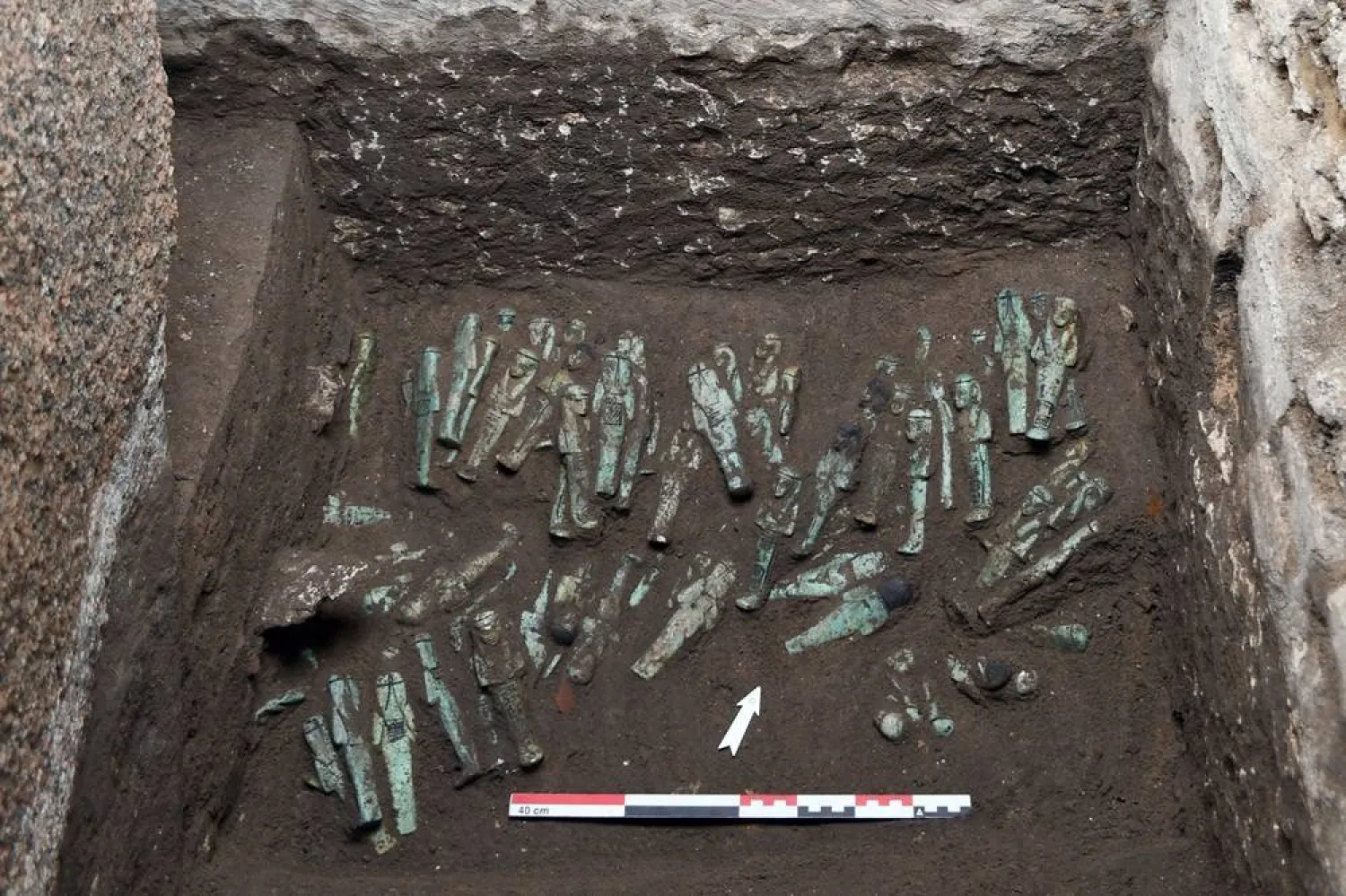Depicting Taoist figures in a misty landscape, a Qing dynasty lacquer panel inlaid with jade and agate is among thousands of artifacts pulled out of museum storage in China to be restored, and one day, even showcased to the world.
"The bottom layer had shifted and loosened to the point where it was in a pulverized state," said Sun Ou, who restores inlaid lacquer artworks at the Forbidden City, the former imperial palace in the heart of Beijing.
"More than 100 pieces of inserts had fallen off and had to be reinforced again," she told Reuters during a government-organized media tour at the cultural protection and restoration department of the Palace Museum at the Forbidden City.
The painstaking work to restore ornate treasures amassed by Chinese emperors in centuries past has accelerated in the past decade amid President Xi Jinping's push to preserve China's heritage and project its cultural power on the global stage.
The restoration and curation efforts come as the Palace Museum marks its 100th anniversary and prepares to open a new Beijing branch later this year in a state-of-the-art venue that could double or even triple the number of pieces on display.
Of the nearly 2 million artifacts held by the Palace Museum - from centuries-old paintings to ancient bronzeware and rare ceramics - just 10,000 are currently showcased at a time.
A Hong Kong branch of the museum opened in 2022 displaying about 900 pieces.
The Palace Museum was established in 1925 by the then ruling Republic of China government, after the last emperor of China, Pu Yi, and his household were evicted.
In the decades that followed, the museum's collection was threatened by theft, damage and even destruction during World War Two, a Chinese civil war, and later the Cultural Revolution.
In the early 1930s, before Japanese forces swept across China, Palace Museum authorities packed up many pieces - including imperial thrones - and moved them out of Beijing to other cities.
Then, in 1949, Chiang Kai-shek's Republic of China government was defeated by Mao Zedong's communist forces. As Chiang and his Nationalist Party fled to Taiwan, they took with them thousands of crates of relics that later came under the care of Taiwan's version of the Palace Museum.
Today, the National Palace Museum in Taipei holds more than 690,000 items, more than 80% of which are from the former Qing court, the Taiwan museum said. It said the items belong to Taiwan's government.









